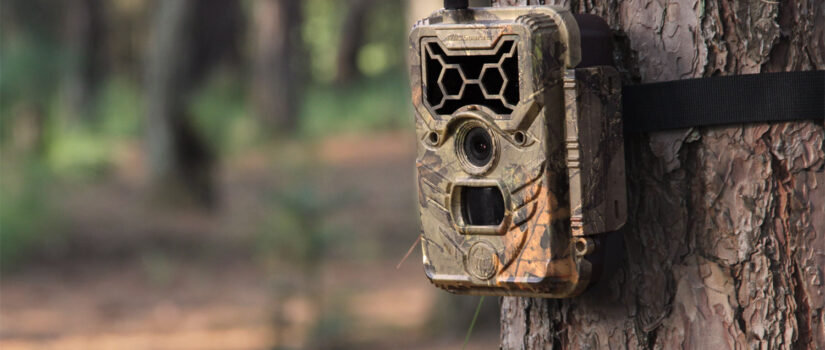Deer Hunting Trail Camera – Types of Trail Cameras
There are essentially 2 different types of trail camera. There is the incandescent flash camera or the infrared flash camera. Both of which do an outstanding job of capturing pictures at night when set out on a food plot, feeder, or deer trail, but what type to use has become the big question to many people looking to buy deer hunting trail cameras.
Let’s look at the 2 types individually and how they work.
Flash Trail Cameras
The flash deer trail camera have an incandescent bulb just like your normal 35mm or digital cameras do. When the trigger to take a picture is pressed the bulb lights up and the camera records what ever is in front of the lens. Trail cameras with flash bulbs work in the same way although the button is not pressed as the normal camera. The motion sensor triggers the camera to snap a photo instead and just as the camera records. The bulb flashes lighting up the area in front of the lens.
One of the great things about the flash trail camera is that you get color photos day or night. Unlike the infrared trail camera, more on this in a minute. But the downfall is shorter battery life on some cameras and the chance to spook the animal you are trying to photograph. You may only have the chance once to photo that creature as it is spook off by the sudden “blue square” it now sees from the flash popping off in its eyes.
If you are using your flash camera for security purposes or in a public access area. The flash is going to draw attention to the photo equipment and it may just grow feet and walk off. This can get expensive and become very frustrating.
Infrared Trail Cameras
The infrared deer trail camera or IR as some call it. Is one of the newest types of cameras on the market today. It is growing at a fast rate of use because of its covert photography capabilities.
The infrared camera works off of heat sensors. “The way they work is by detecting the amount of heat an object emits and then color-coding the object according to the amount of infrared radiation it emitted”.
I am not going to get in depth of how this all works. It gets pretty complicate to say the least. Just suffice it to say that if there is heat and the sensor detects it. It triggers the trail camera to snap a photo just as the flash camera does, but with out the flash effect. Instead it lights up the LED panel which emits enough light for the photo equipment to record the image.

